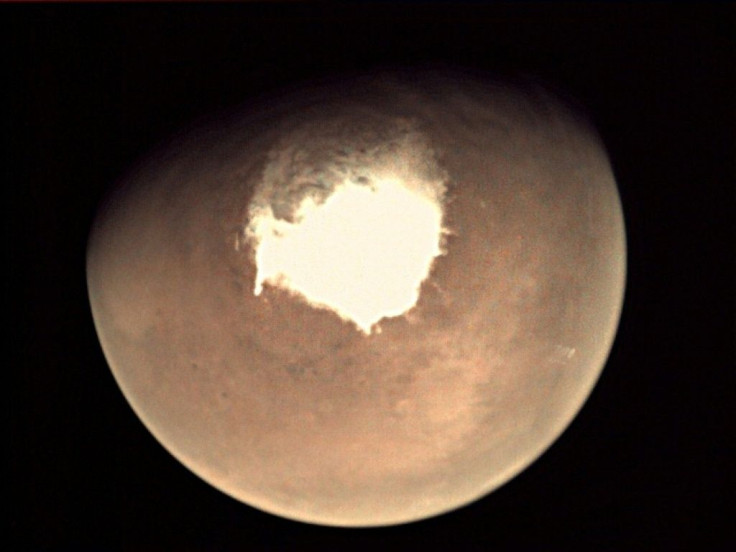Mars Once Had A Giant Ocean, Scientists Find Indicators Of The Ancient Water Body
KEY POINTS
- The ocean is said to have covered hundreds of thousands of square miles of the planet
- It existed on the red planet around 3.5 billion years ago
- The researchers focused on a topographical depression known as the Aeolis Dorsa region
Mars is known as a rugged, dry, and dusty planet. But this was not always the case. A new study has found traces of a massive ocean that once existed on the red planet millions of years ago.
The study, published in the journal Geophysical Research: Planets, found unique shoreline topography, identified through numerous satellite images of the Martian surface. Combining these images, taken at different angles, a relief map can be constructed.
The research team charted 4,039 miles of fluvial ridges, which are carved out by rivers, indicating they are most likely eroded river deltas or submarine-channel belts (channels carved out on the seafloor).
Ancient Traces of a Giant Ocean Have Just Been Discovered on Mars https://t.co/m2rD4s3QtU
— ScienceAlert (@ScienceAlert) October 31, 2022
The ocean is said to have covered hundreds of thousands of square miles on the planet around 3.5 billion years ago.
"The big, novel thing that we did in this paper was think about Mars in terms of its stratigraphy and its sedimentary record," lead author and geoscientist Benjamin Cardenas from Pennsylvania State University, said, reported ScienceAlert.
"On Earth, we chart the history of waterways by looking at sediment that is deposited over time," Cardenas explained. "We call that stratigraphy, the idea that water transports sediment and you can measure the changes on Earth by understanding the way that sediment piles up. That's what we've done here – but it's Mars. "
Using data from the Mars Reconnaissance Orbiter collected in 2007, the team focused on a topographical depression known as the Aeolis Dorsa region on Mars.
The substantial sea level increases and the rapid movement of rocks by rivers and currents, shown by the Aeolis Dorsa region, mean that a significant amount of change was happening in this area all those years ago, Cardenas said.
"What immediately comes to mind as one the most significant points here is that the existence of an ocean of this size means a higher potential for life," Cardenas commented.
"It also tells us about the ancient climate and its evolution. Based on these findings, we know there had to have been a period when it was warm enough and the atmosphere was thick enough to support this much liquid water at one time," Cardenas said further.
Cardenas believes that "this is exactly the type of place where ancient Martian life could have evolved," and if tides did exist on ancient Mars, they would have been here.
In other news, European Space Agency (ESA) this year released a detailed water map of Mars it took a decade to put together.

© Copyright IBTimes 2024. All rights reserved.





















